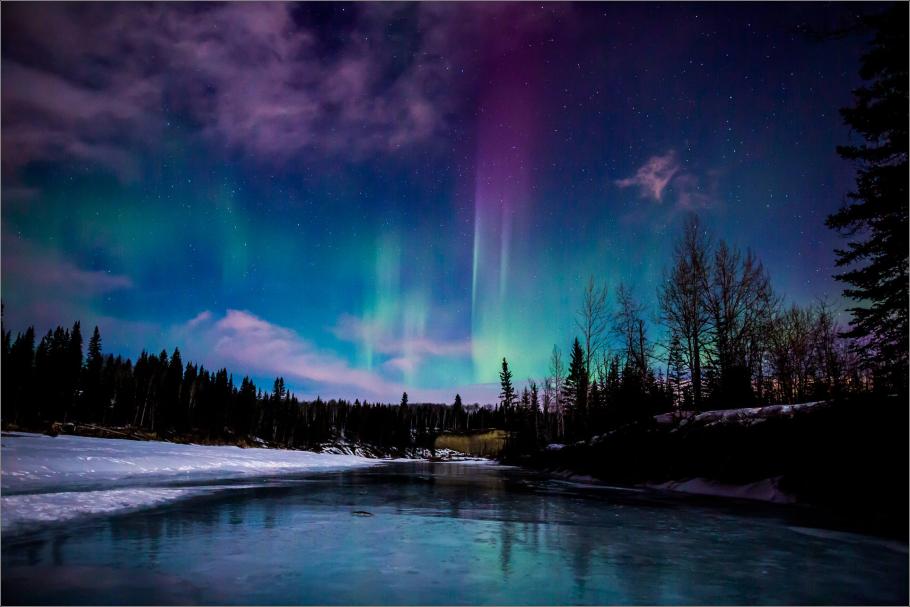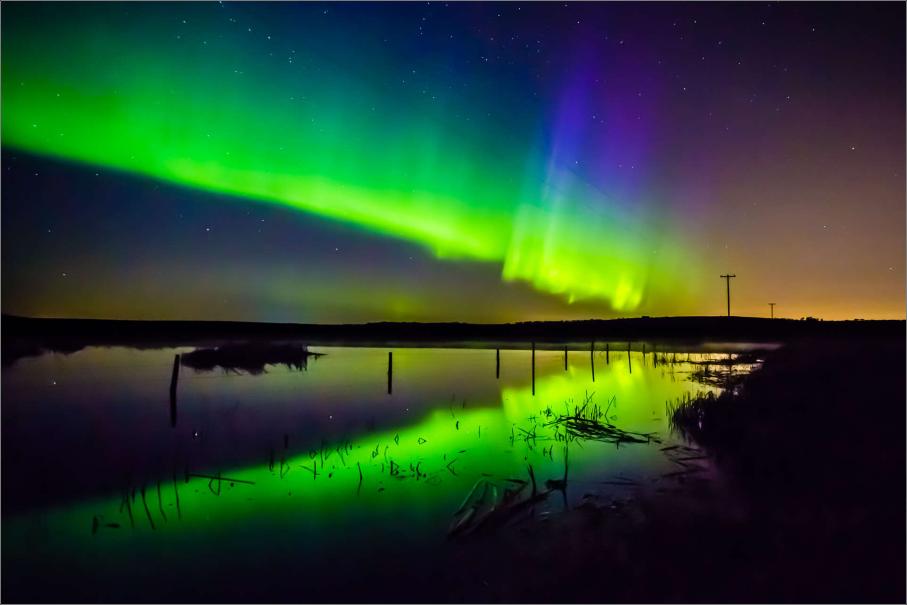What Myths and Legends Surround the Northern Lights?
The Northern Lights, also known as aurora borealis, are a natural light display in the sky, primarily visible in high-latitude regions. Caused by the interaction of the solar wind with the Earth's atmosphere, these celestial displays have captivated and inspired awe and wonder for centuries, giving rise to various myths and legends across cultures.

The Cultural Significance Of The Northern Lights
The Northern Lights have held a profound cultural significance for centuries, serving as a source of inspiration, awe, and wonder. Different cultures have woven their own unique narratives and beliefs around this celestial phenomenon, attributing various meanings and powers to its appearance.
Myths And Legends Of The Northern Lights
Indigenous Peoples Of The Arctic
- Inuit Legends: The Inuit people of the Arctic believed that the aurora was the spirits of the dead dancing in the sky. They also saw it as a sign of good fortune or a warning of impending danger.
- Sami Legends: The Sami people of Scandinavia believed that the aurora was the spirits of the dead playing football with a reindeer skull. They also saw it as a sign of good luck or a warning of bad weather.
Norse Mythology
- The Valkyries: In Norse mythology, the aurora was believed to be the shimmering armor of the Valkyries, Odin's warrior maidens. It was seen as a sign of impending war or victory.
- The Bifröst: The aurora was also associated with the Bifröst, the shimmering bridge connecting Earth and Asgard, the realm of the gods. It was seen as a sign of divine intervention or a warning of Ragnarok, the end of the world.
Ancient Greek Mythology
- Boreas, the North Wind: In ancient Greek mythology, the aurora was believed to be the breath of Boreas, the god of the north wind. It was seen as a sign of change or transition.
- Eos, the Goddess of the Dawn: The aurora was also associated with Eos, the goddess of the dawn. It was seen as the tears of Eos, mourning the loss of her lover.
Modern Interpretations Of The Northern Lights
Scientific Explanations:
- Scientists have explained the aurora as a result of the interaction between the solar wind and the Earth's magnetic field. The charged particles from the solar wind interact with the Earth's atmosphere, causing it to emit light.
- The different colors and shapes of the aurora are determined by the type of gas molecules that are excited and the altitude at which the interaction takes place.
Artistic And Literary Depictions:
- The Northern Lights have been a popular subject for artists, photographers, and writers throughout history.
- Paintings, photographs, and films have captured the beauty and awe-inspiring nature of the aurora.
- Poems, songs, and stories have been inspired by the aurora, expressing the wonder and mystery that it evokes.
The Enduring Fascination With The Northern Lights
The Northern Lights continue to captivate and inspire people worldwide. They serve as a reminder of the interconnectedness of Earth and the cosmos, sparking a sense of awe and wonder. The aurora's beauty and unpredictability have made it a source of inspiration and wonder for generations, inspiring countless works of art, literature, and music.
Encouraging Respect And Preservation
The Northern Lights are a natural wonder that should be respected and preserved. It is important to protect the natural environment that supports the aurora and promote responsible tourism and sustainable practices in aurora-viewing regions.

YesNo

Leave a Reply